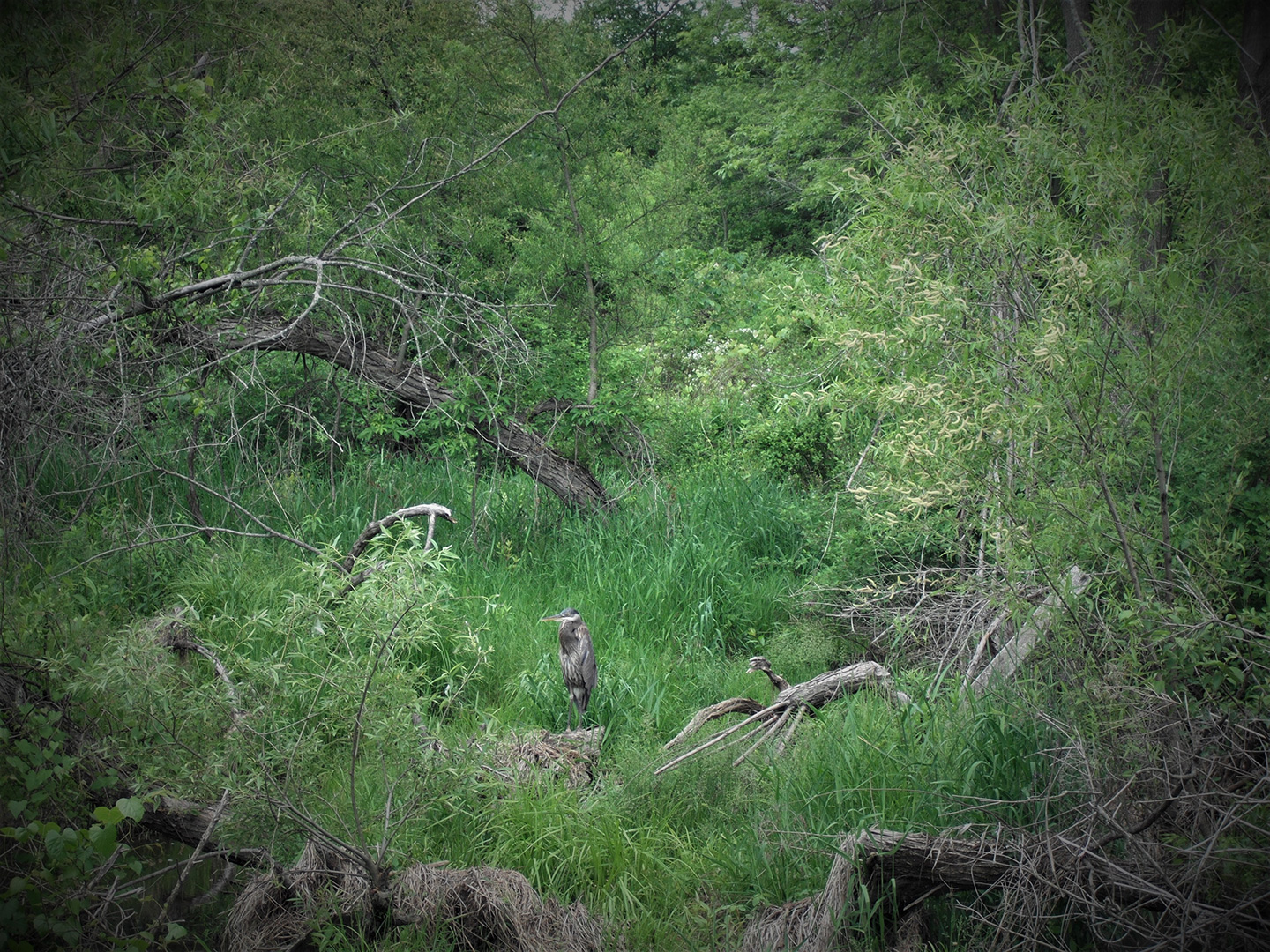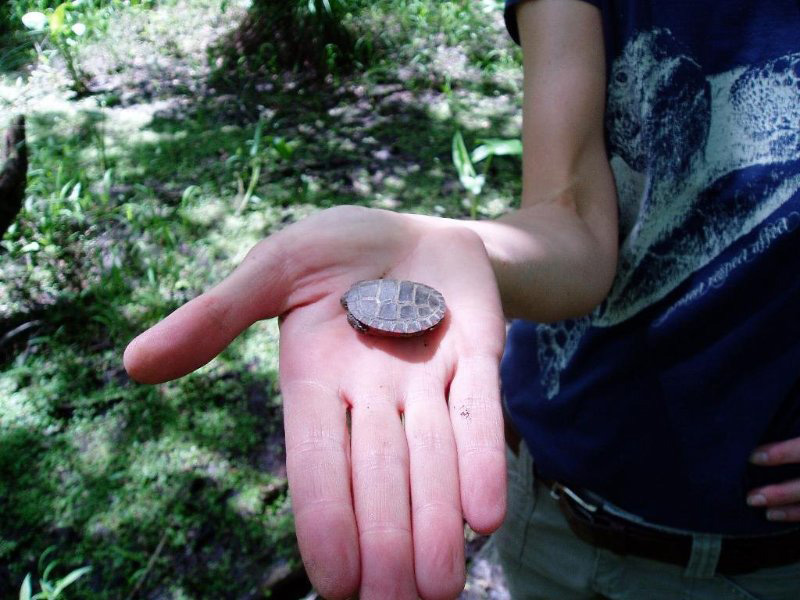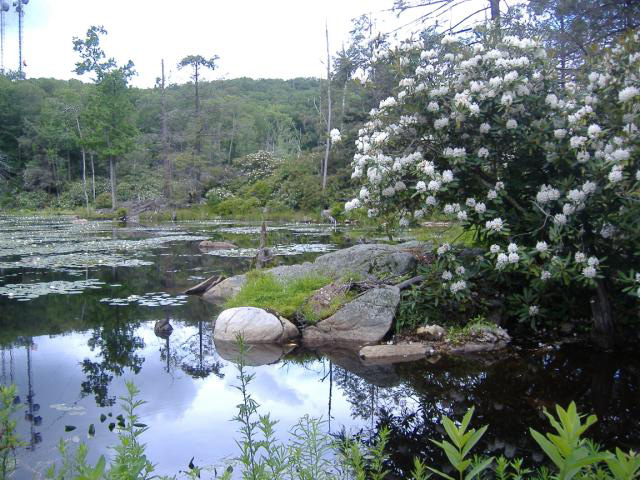Wetlands protection might be mandatory, but wetlands harbor a plethora of environmental riches that make the cost of their conservation an essential and worthy investment. Wetlands are federally protected in the U.S. under Section 404 of the Clean Water Act, but conserving wetland resources is often a time consuming and financially taxing process. Ultimately, however, the benefits outweigh the challenges.
Environmental and Societal Benefits of Wetlands
- Helps with Flood Control and Minimizes Erosion
Wetlands are heavily vegetated and their plants often have shallow root mats which slow the flow of water during flood events. This, combined with porous soil, causes wetlands to serve as environmental sponges. Wetlands can retain water and release it slowly, which allows for groundwater to recharge. Water absorption by wetlands reduces the volume of water that surges through waterways during high rain events which also minimizes erosion. Wetland flood control is especially important to areas with high amounts of runoff produced by impermeable surfaces such as rooftops, roadways, and concrete.
 Great blue heron within a wetland habitat.
Great blue heron within a wetland habitat.
- Filters and Purifies Water Resources
Retention by wetlands also serves to filter and purify water. During rain events, pollutants are picked up in runoff water, bind to sediment, settle out of water in wetlands, and attach to plant roots. Wetland plants are adapted to recycle surplus nutrients and can biochemically transform toxins into more neutral forms. The clean water leaves a wetland gradually and returns to the watershed through groundwater or waterways.
- Helps Wildlife to Flourish
Wetlands are also incredibly productive habitats and ecologically essential to 40% of known species. Countless birds, mammals, amphibians, reptiles, fish, and invertebrates depend on wetlands for at least one critical stage in their life cycle, and, without wetland habitats, these species are lost. 60,000 acres of wetlands are being destroyed in the U.S. each year and 25% of wetland species are now endangered of extinction.
Wetlands protection might be mandatory, but wetlands harbor a plethora of environmental riches that make the cost of their conservation an essential and worthy investment.”
Regan Wilton
To prevent further wetland loss, many areas now have legislation in place to conserve these resources. Municipalities and private landowners are also fighting this crisis by constructing rain gardens using native plants to recreate areas with the function and ecological value of naturally occurring wetlands. Our environmental professionals are proud to support these conservation efforts, working with clients to delineate, permit, and protect wetlands.
 Turtle Hatchling found within a wetland.
Turtle Hatchling found within a wetland.
 An inundated wetland.
An inundated wetland.